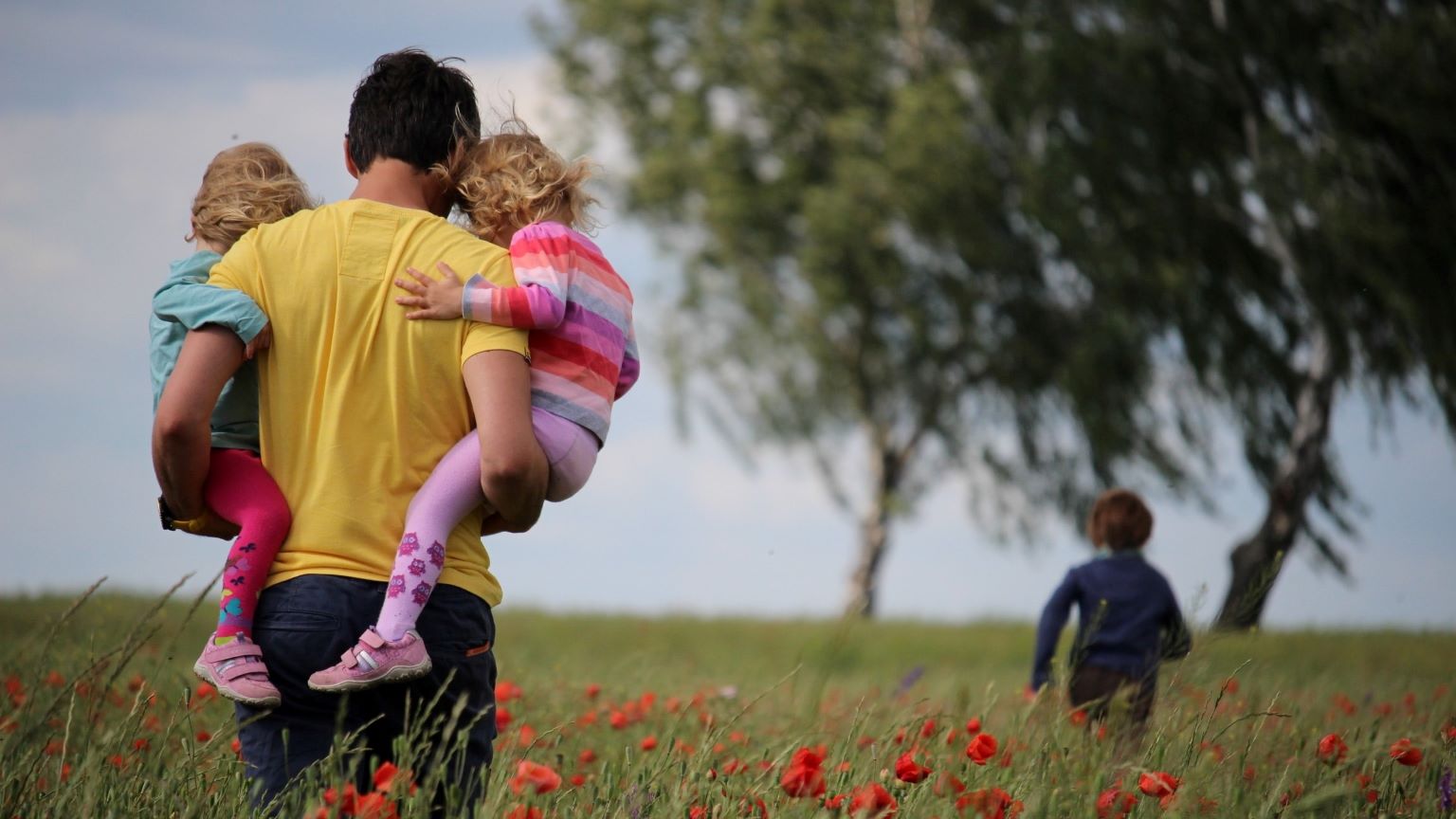How the Nazi’s inhumane parenting guidelines may still be affecting German children

German Federal Archives
- In 1934, a German pulmonologist wrote a book that contained child-rearing advice that promoted extreme forms of neglect in order to encourage toughness in children.
- The Nazis later incorporated these principles into a mothers’ training program that millions of German women undertook.
- Some German therapists suggest that the effects of these harsh parenting styles are still being felt by German adults and their children today.
In 1934, the German pulmonologist Johanna Haarer wrote a bestselling parenting book called The German Mother and Her First Child. The book, which sold about 1.2 million copies, encouraged mothers to raise strong and independent Germans capable of forging their own paths in life. It was advice that probably sounded cutting-edge at the time.
But now, it’s easy to see how the guidelines in fact promoted a traumatizing parenting style that may still be affecting the German children of today.
Haarer wrote, for instance, that babies should be isolated for 24 hours immediately after birth, and that mothers should speak to babies in “reasonable German” instead of a “silly-banal childish language.”
“The best is the child in a separate room, where it then remains alone,” Haarer wrote. “Do not start taking the child out of bed, carrying it, weighing it, driving it or keeping it on your lap, even nursing it. Child understands incredibly quickly that it only needs to scream to summon a compassionate soul and become the subject of such care, and after a short while, it demands this occupation with him as a right, gives no rest until it is carried again, rocked or driven will – and the small but relentless pet bully is ready!”
As the Nazi party took hold of Germany, these teachings made their way into a Third Reich mothers’ training program, which at least three million women undertook by 1943. Of course, not all women adhered to Haarer’s harsh and unnatural parenting guidelines.
But a recent article from Scientific Americannotes that research conducted by psychotherapist Hartmut Radebold shows how Haarer’s work appealed to two particular groups of women: those already aligned with the Nazi party, and those who’d undergone emotional trauma themselves.
Now, more than 80 years later, some German therapists report treating adult patients with severe emotional problems – an inability to love their children, insecure attachment styles, identity crises – that likely stem in part from these harsh parenting guidelines. One common theme among these patients? They remember a copy Haarer’s The German Mother and Her First Child stored on the bookshelf in their childhood home.
The necessity of mother-child bonds
Needless to say, Haarer was severely misguided in her approach. Not only did she lack pediatric training, but she also didn’t understand the evolutionary processes that have made mother-child bonds such an integral part of human development.
Both children and their mothers are hardwired to develop emotional bonds with each other early in a child’s life. It’s an evolutionary necessity: Unlike, say, baby lizards, which are self-sufficient from birth, human babies are completely dependent on their mother to survive for at least several years. (This, by the way, helps to explain why humans – and especially adult women – tend to think baby mammals are cute.)
In addition to survival, these early mother-child bonds are crucial to the development of the brain. According to research conducted by Martin Teicher, MD, PhD, director of the Developmental Biopsychiatry Research Program at McLean Hospital, children who suffered neglect in early years showed:
- Reduced growth in the left hemisphere which may lead to associated increased depression risk.
- Increased sensitivity in the limbic system which can lead to anxiety disorders.
- Reduced growth in the hippocampus that could contribute to learning and memory impairments.
Attachment theory
The ways in which children are cared for in their early years also affect their emotional well-being, particularly through how they respond to relationships later in life. This is perhaps best outlined by a psychological concept called attachment theory, which, developed by psychiatrist John Bowlby, describes how people respond in relationships when they perceive hurt, loss or threat.
Attachment theory includes four general types of attachment styles in children:
- Secure attachment occurs when children feel they can rely on their caregivers to attend to their needs of proximity, emotional support and protection. It is considered to be the most advantageous attachment style.
- Anxious-ambivalent attachment occurs when the infant feels separation anxiety when separated from the caregiver and does not feel reassured when the caregiver returns to the infant.
- Anxious-avoidant attachment occurs when the infant avoids their parents.
- Disorganized attachment occurs when there is a lack of attachment behavior.
The neglectful parenting tactics that Haarer encouraged likely led children to develop various types of problematic attachment styles, as Klaus Grossmann, a leading researcher in mother-child attachment, told Scientific American. “In Johanna Haarer’s view, it is important to deny caring when a child asks for it. But each refusal means rejection,” Grossmann said, adding that babies learn that their attempts to communicate with their mother don’t matter if she fails to provide feedback or comfort. This can lead children to develop insecure attachment styles that make it difficult to form relationships later in life.
What’s more, research suggests that parents can transfer their attachment styles to their children, which lends credence to the idea that Haarer’s teachings are still affecting the German youth of today.
Modern American parenting styles
In many ways, Haarer’s teachings represent something like the polar opposite of popular parenting styles in the U.S. That’s mostly a good thing. After all, given that the importance of parent-child contact in early human development has been well demonstrated, we don’t want parents isolating their newborns in a room for 24 hours after they get home from the hospital.
Still, the opposite end of the Haarer spectrum is arguably all about coddling, or being a “helicopter parent”. In recent decades, American parents have increasingly turned to parenting styles that emphasize the importance of never subjecting children to negative feelings or experiences. Although these methods aim to protect children from the world’s dangers and life’s inevitable disappointments, they’ve been shown to be counterproductive when it comes to raising children to become self-sufficient adults.
“It’s so sad,” Michael Ungar, who heads the Resilience Research Centre at Dalhousie University, told Psychology Today. “The point of parenting should be to grow a child who is capable of taking on adult tasks. I can fully understand coaching a child on how to fill in applications and how to deal with admissions officers. But doing that for the child is misguided and short-sighted. This is not a strategy for long-term well-being.”
In 2018, social psychologist Jonathan Haidt spoke to Big Think about the pitfalls of helicopter parenting, and how it could be setting up a large part of the young generation for failure. Check out his full interview below.





